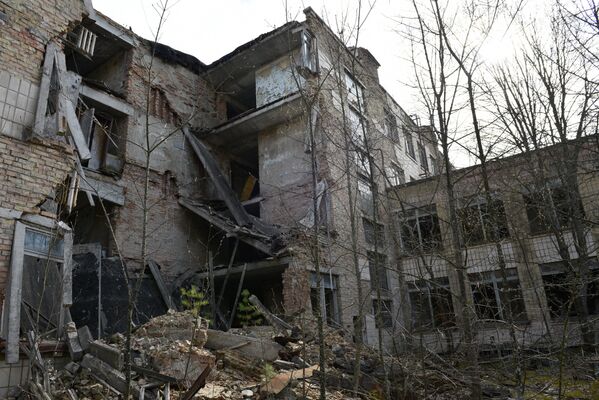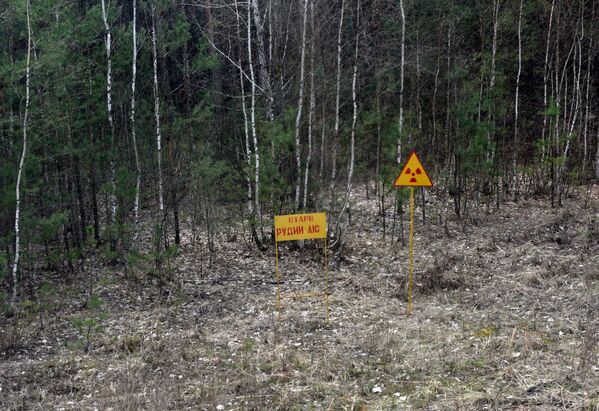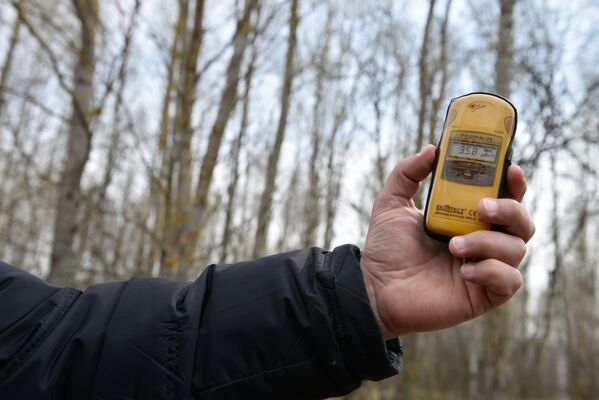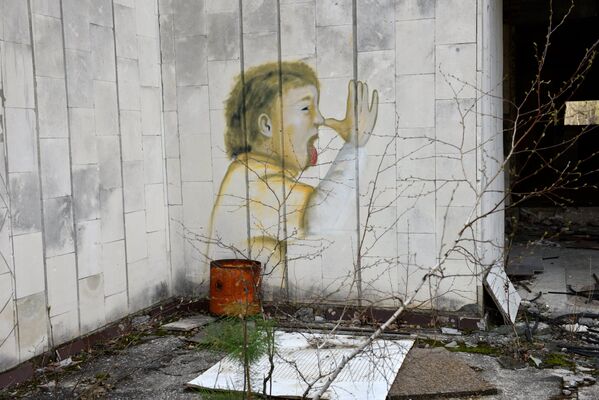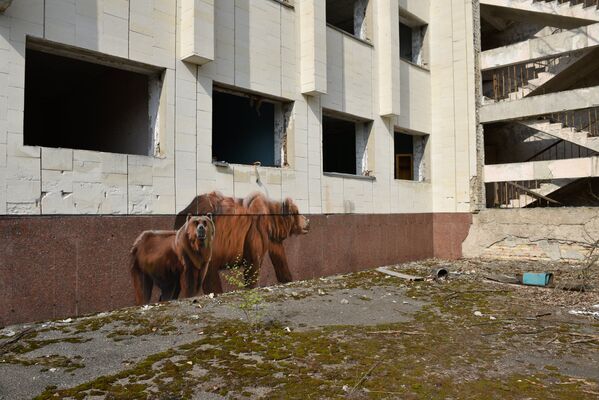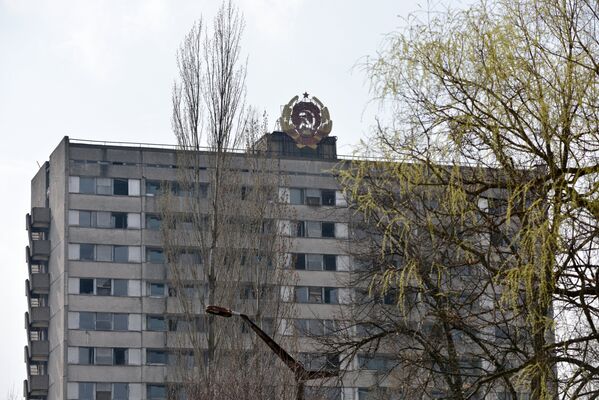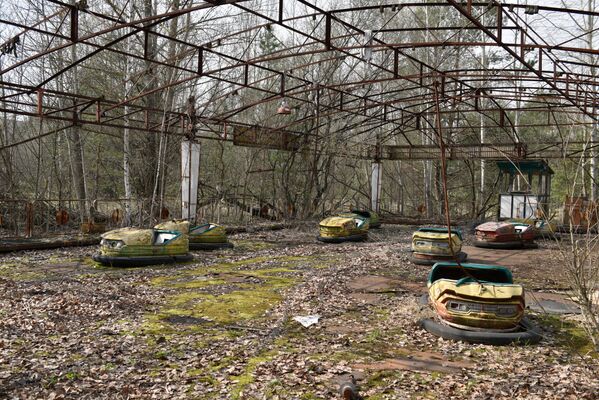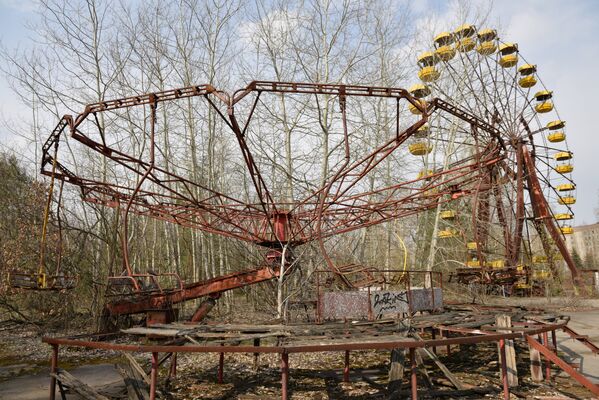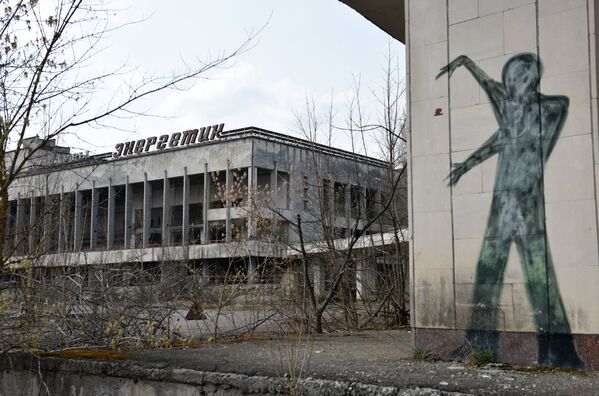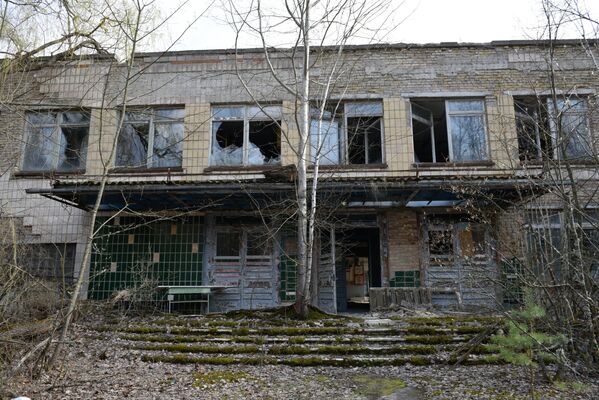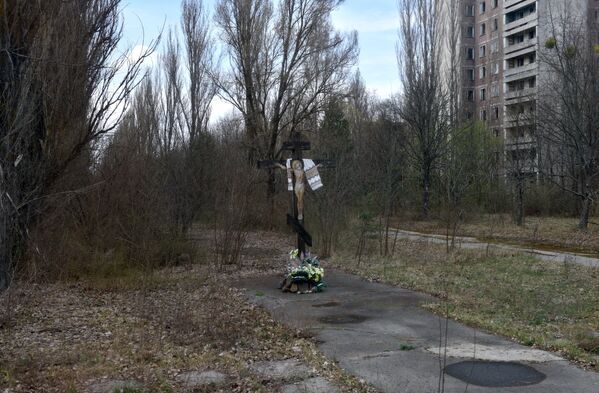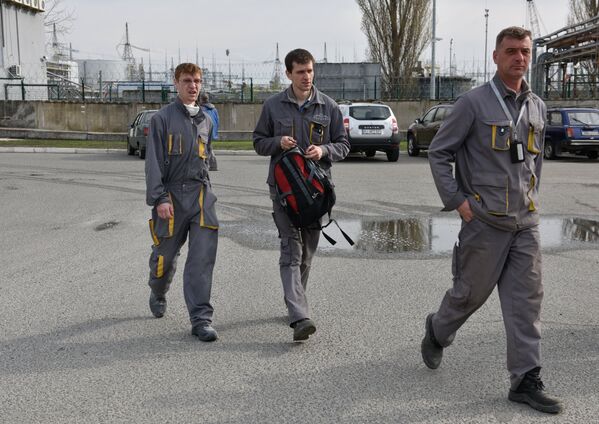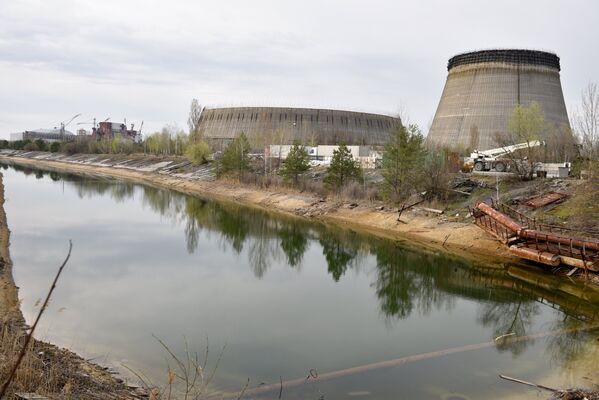On the night of April 25, 1986, engineers at the Chernobyl station conducted a safety test at the No.4 reactor. The operators needed to reduce the reactor's power capacity, but as the result of a miscalculation, the output dropped to a critical level, triggering an almost complete shutdown. A decision was taken immediately to increase the power level. The reactor started to overheat, and a few seconds later two large explosions occurred.
The evacuation of Pripyat, a nearby town with a population of about 49,000 began on April 27, 36 hours after the initial explosions, and was completed in about three hours. In addition, hundreds of thousands were forced to relocate from the area and neighboring regions.
Despite an air of utter secrecy, the Soviet government feared that neglecting to respond quickly would endanger Kiev, the capital of Ukraine, less than 100 km away. Specialists from the Russian city of Obninsk were sent to contain the disaster, along with local fire and emergency personnel. About 9,000 recovery workers died and over 55,000 were disabled as a result of the Chernobyl tragedy; the 600,000 "liquidators" received high doses of radiation. In addition to the immediate aftermath, many people suffered from long-term health effects.
The Chernobyl Exclusion Area, which has a radius of 30 kilometers (17 miles) was established soon after the disaster. In December 2003, the UN General Assembly declared April 26 as the International Day Commemorating Victims of Radiation Accidents and Catastrophes.
